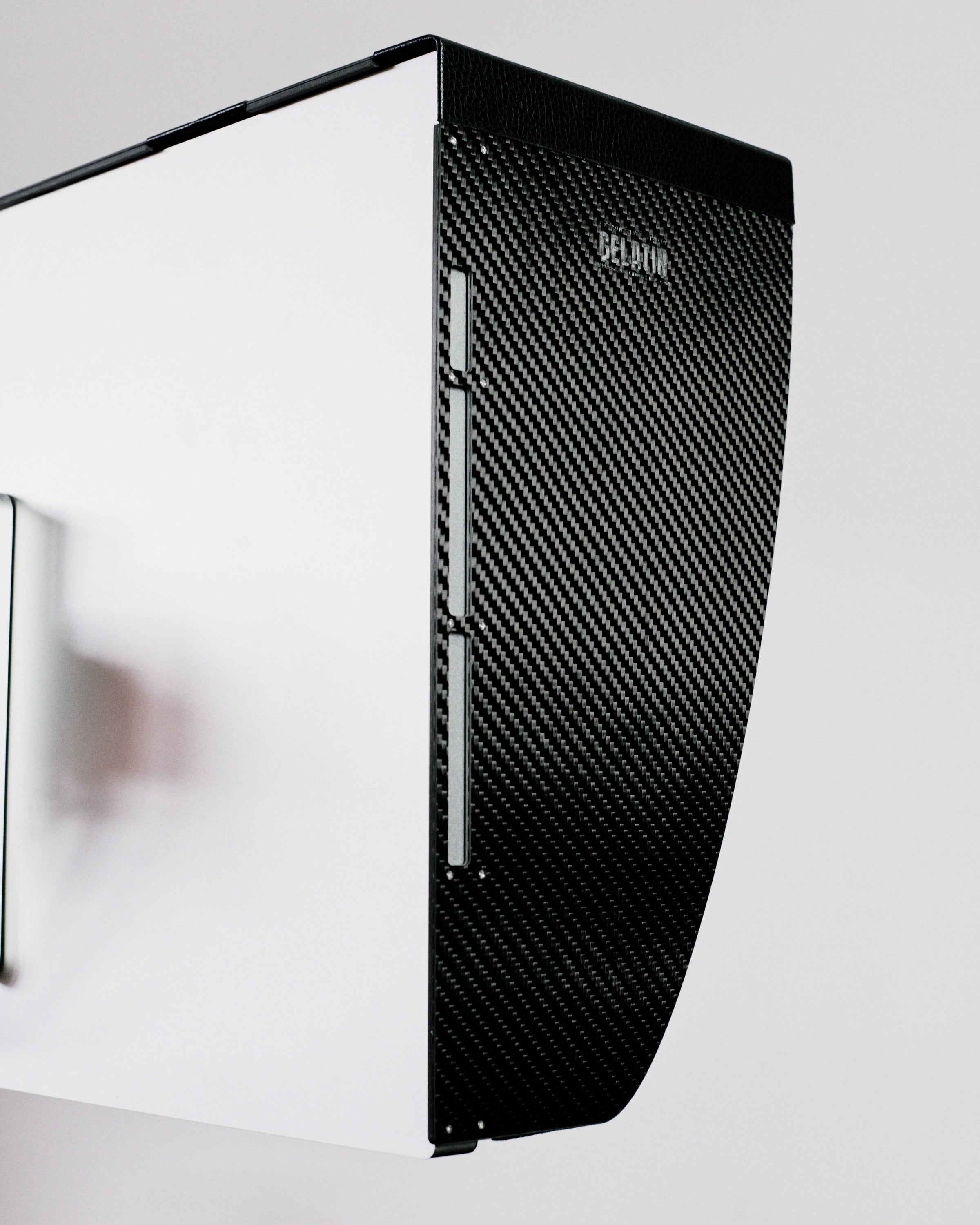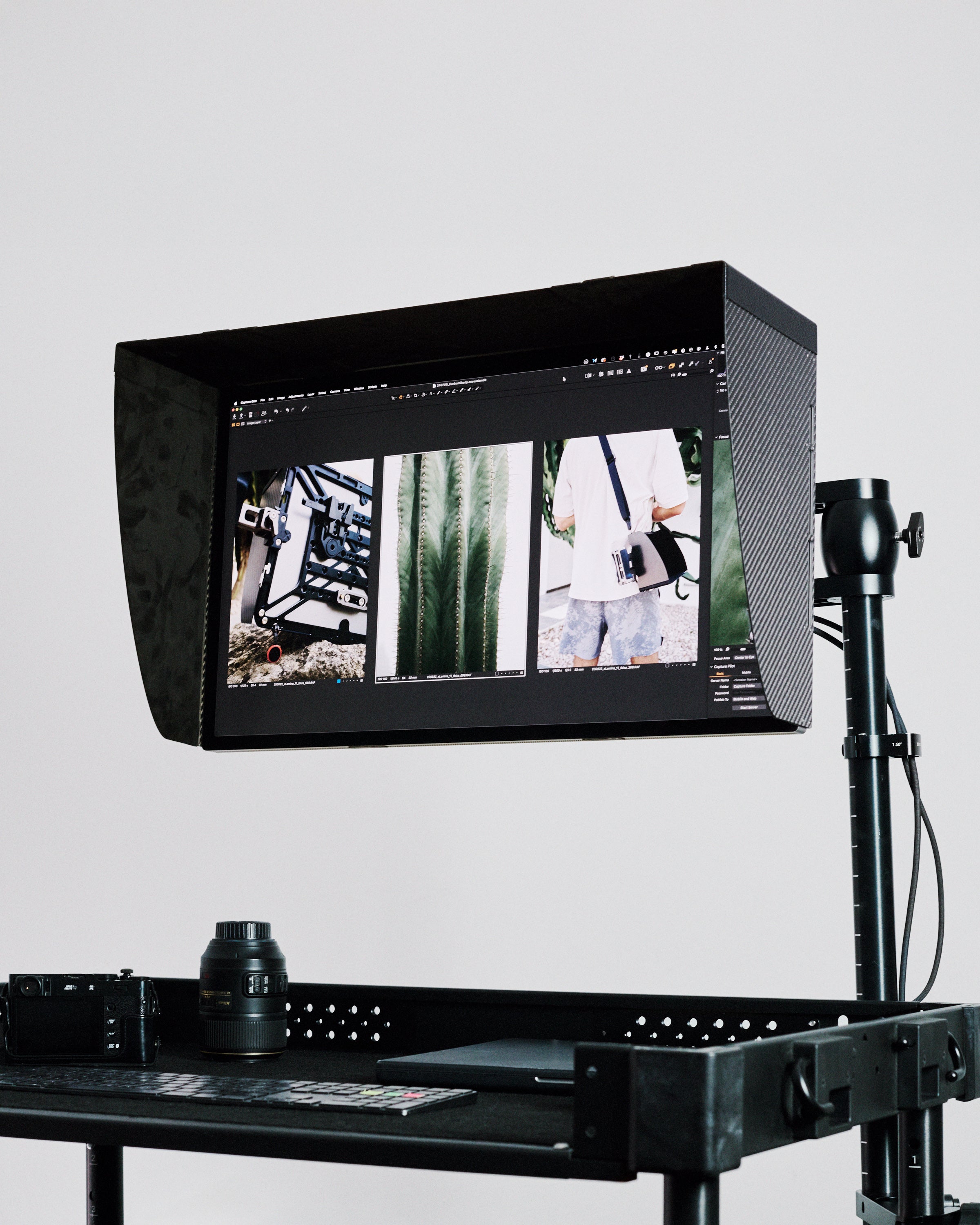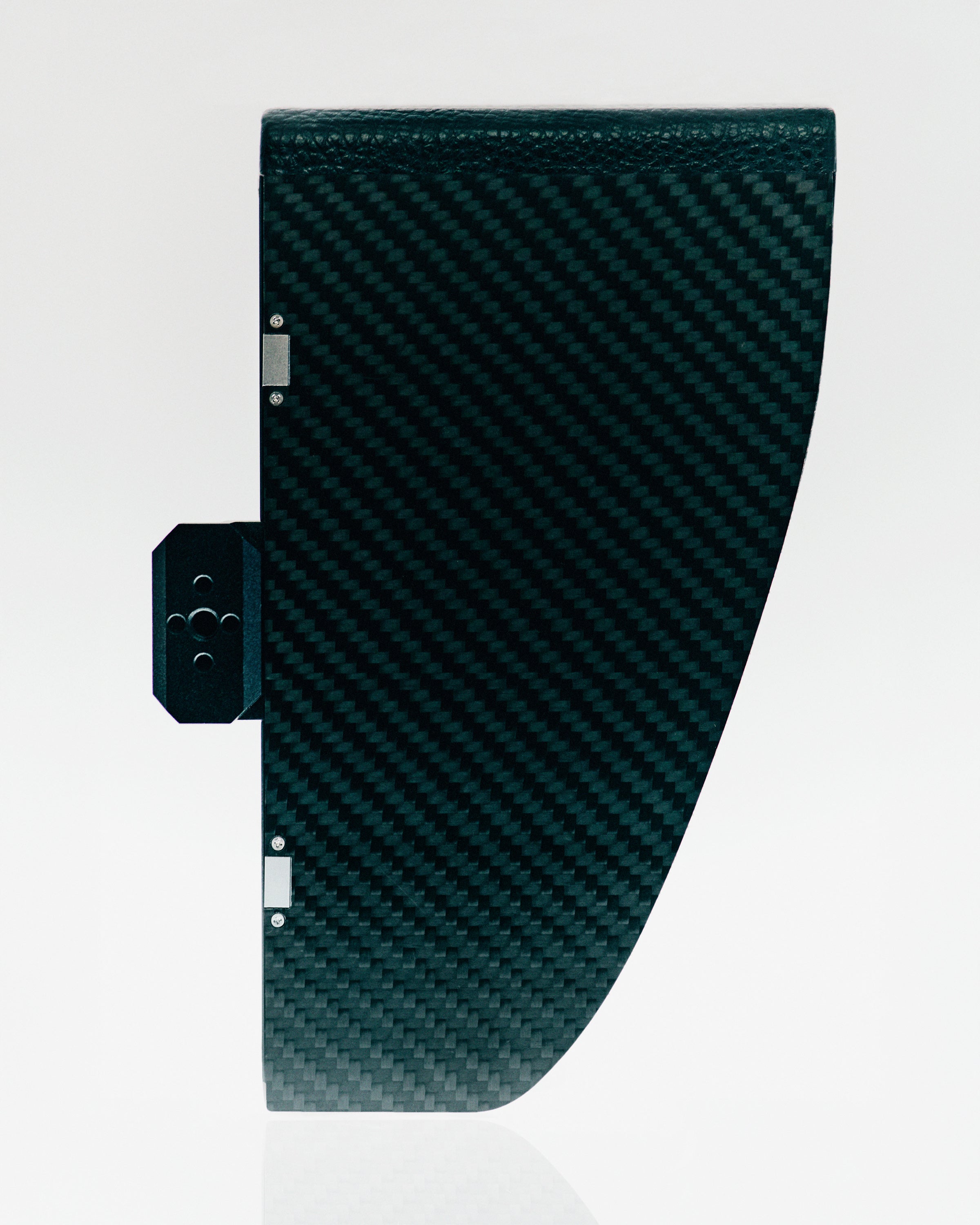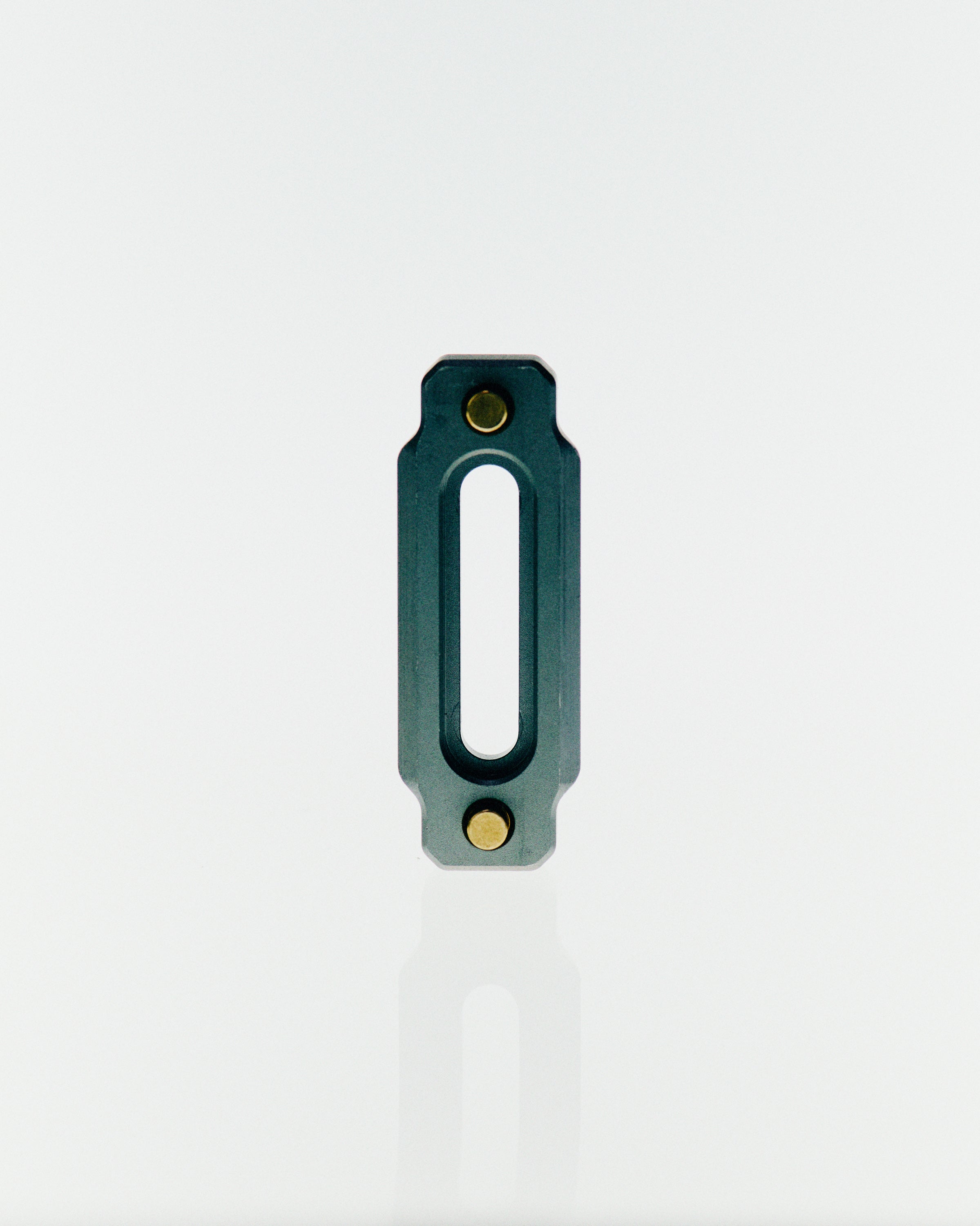Every digital tech and photographer faces this debate: Should you use a single 10-meter tether cable or opt for a 5-meter tether cable combined with a 5-meter extension? Recently, I had a discussion with another photo assistant who argued passionately that a shorter cable plus an extension is smarter, especially on location shoots. His logic? If something breaks, it's cheaper to replace a shorter cable. It's a fair point, but from my real-world experience, here's why a single 10m cable is always the best tethering solution.
Firstly, let's discuss reliability. Each connection introduces potential failure points. Every photographer or digital tech has faced the frustration of disconnected tether cables mid-shoot, causing workflow delays and awkward explanations to clients. When working on-location—whether at a beach, rocky harbour, or crowded city street—you're already dealing with unpredictable conditions. Why complicate things with extra cable connections?
Secondly, troubleshooting becomes exponentially harder with multiple cable segments. When something inevitably goes wrong, you're left guessing: Is the problem with the tether cable, the tether extension cable, or both? Pinpointing issues under pressure wastes valuable time, something you can't afford during critical photography shoots.
I've personally experienced situations where photographers need to maneuver through challenging terrains, like navigating large harbour boulders or rough outdoor locations. Dragging a tether cable through such environments used to be tricky, especially with older tether plates that couldn't quickly disconnect. Thankfully, modern solutions like the Panthera Tether Plate have evolved tethering gear dramatically.
Now, quick disconnects are effortless with the Panthera Tether Plate. If the photographer needs freedom of movement, simply disconnect the tether cable, navigate freely, then quickly reconnect when they're ready. This significantly reduces cable risk and on-location stress.
Additionally, while shorter cables may seem more cost-effective, broken cables are simply part of professional photography. When you consider what's at stake—missed shots, client dissatisfaction, damaged professional reputation—the cost of replacing cables becomes negligible. Reliability and performance during critical moments always beat minor savings.

In summary, fewer failure points mean higher reliability, easier troubleshooting, and greater confidence on set. When dealing with unpredictable locations and demanding conditions, always choose a professional tethering setup that prioritizes simplicity, reliability, and speed.
After all, missed opportunities aren't measured in dollars—they're measured in trust, professionalism, and the quality of your final image.







